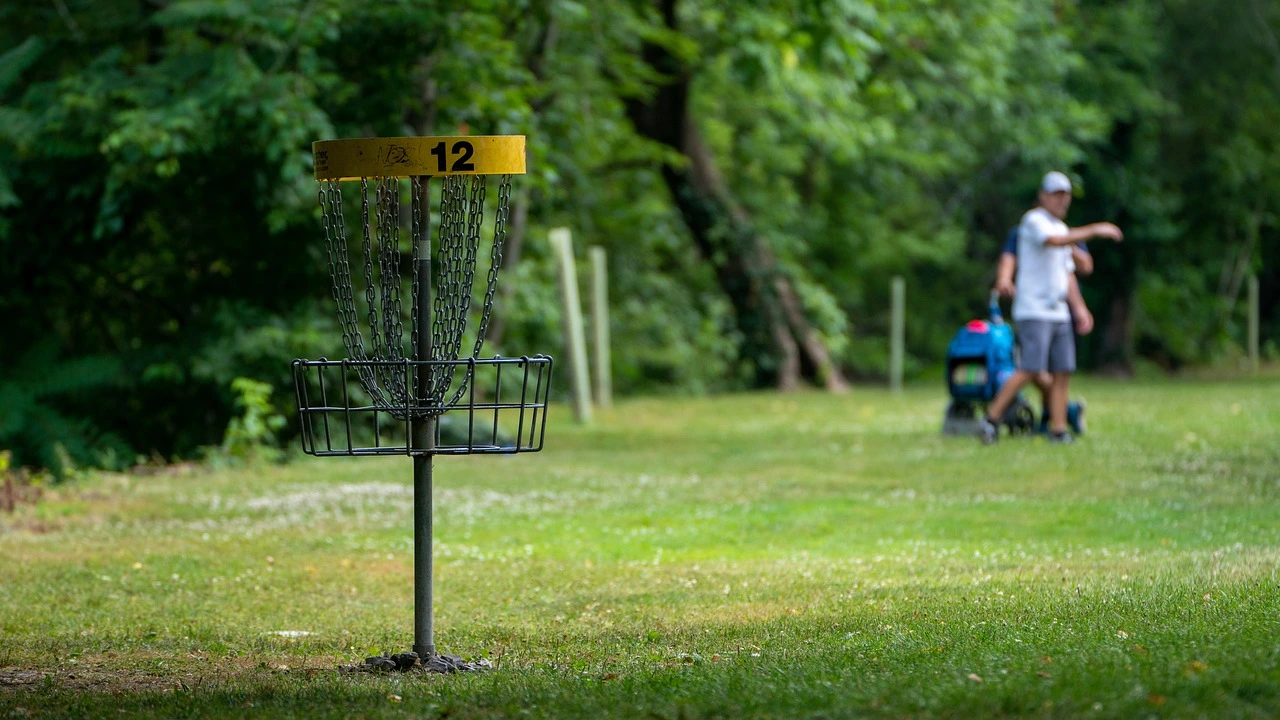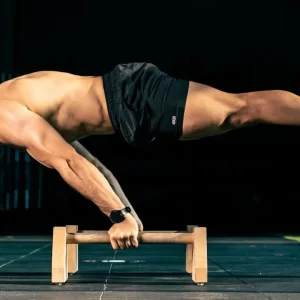Contents
If you’re reading this, chances are you’re a disc golf enthusiast looking to up your game. Whether you’re aiming to stun your buddies with your improved technique or eyeing competitive play, there’s one crucial aspect you can’t ignore – exercise. More specifically, exercises that strengthen those key muscles frequently called into action during a game of disc golf.
The most active muscles in disc golf are typically the shoulders, arms, core, and legs. Each plays a vital role in the power, trajectory, and accuracy of your throws. Experts from Prodigy Disc emphasize that it’s not just about physical strength. Balance, flexibility, and mental game also come into play.
Importance of Physical Fitness in Disc Golf
Developing physical fitness doesn’t just lead to a healthier lifestyle, but it also underpins successful sports performance, with disc golf being no exception. In disc golf, physical fitness correlates directly with the power, precision, and consistency of throws. This section will delve into the major muscles involved in disc golf and the exercises that can help bolster those muscles for improved performance.
Key Muscles Involved in Disc Golf
Disc golf mirrors some traditional golf movements but adds a unique twist. The throwing action involves a dynamic blend of rotation, power, and control. This synergistic action calls for coordination of specific muscle groups.
Upper Body Muscles: Disc golf players heavily engage their upper body. Key muscles include the deltoids, biceps, and triceps, all found on the arm, utilized for power and control during throws. Also, the rhomboids and trapezius muscles in the upper back provide stability. They give our shots a consistent trajectory and impart the needed spin to the disc.
Core Muscles: In disc golf, the abdominal and lower back muscles—collectively called the core—serve as a bridge between the upper and lower body. Through rotational exercises like torso rotations, we activate the oblique muscles, interspinalis, and quadratus lumborum. Core muscles contribute to balance, flexibility, and the ‘whip-like’ action of a disc golf throw.
Lower Body Muscles: Legs provide the foundation for stable footing during a disc golf throw. The glutes, quadriceps, hamstrings, and calf muscles drive and guide the body’s movement. Strenuous exercises like squats and lunges are especially beneficial for these muscle groups.
Essential Warm-Up Exercises for Disc Golfers
Proper physical preparation significantly boosts a disc golf player’s performance. An effective warm-up regimen primes the body for peak performance, enhancing accuracy and range in disc throws by increasing muscle control, balance and coordination. With the right exercises, disc golfers can prevent common injuries and maintain an optimal level of fitness throughout the game.
Dynamic Stretches
Before engaging in strenuous physical activities, dynamic stretches prepare the body by raising muscle temperature and increasing joint mobility. They mimic the motion of disc throwing, thus warming up specific muscles used frequently during the game.

Notably, arm circles prove beneficial for disc golfers as they warm up the shoulders- the primary muscles used in disc throwing. Starting with small circles and gradually increasing the size promotes broader range in shoulder motions. Arm swings, done by swinging the arms sideways in an alternating motion, helps prepare the deltoids and upper body for the powerful throws.

Further, torso rotations serve as an excellent dynamic stretching exercise for warming up the core muscles. Performing 20 reps each side can significantly improve overall performance. Another core exercise recommended for disc golfers is hyperextensions or back extensions. These involve 20 reps of movements that engage and warm up the back muscles, improving stability during throws.
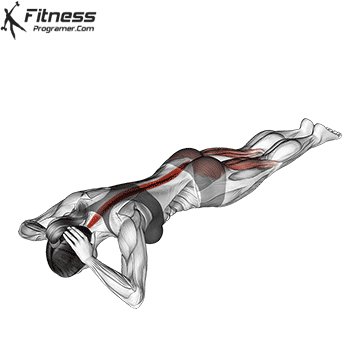
Mobility Drills
Mobility drills enhance the body’s range of motion and control, both of which contribute to fluent and powerful throws in disc golf. Incorporating mobility drills in the warm-up routine gears up the player’s body for the varied and nuanced movements encountered during a game.
Single-leg squats are a beneficial mobility drill exercise engaging and strengthening the lower body. They also improve balance and coordination- necessary for navigating the uneven terrain of disc golf courses. Balance board drills and agility ladder routines also serve to increase a player’s stability and control.
Conclusively, a well-rounded warm-up routine of dynamic stretches and mobility drills is an essential part of a disc golfer’s training regimen. Working these exercises regularly can significantly improve a player’s fitness level as well as their game performance.
Core Strengthening Exercises for Stability
Building on our previous discussion on mobility drills and balance exercises, let’s move on to core strengthening activities. The core muscles are crucial for maintaining stability during the game of disc golf. A well-fortified core ensures that throws have the maximum possible power while minimizing the risk of injuries. Here we will focus on two activities, namely plank variations and rotational core work.
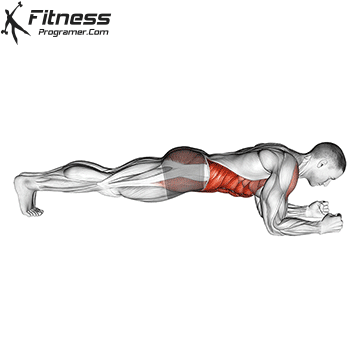
Plank Variations
Planks fortify the core by engaging different muscle groups, which, in particular, are vital in supplying stability during disc golf. You can start with traditional planks: holding your body in a straight line while balancing on your forearms and toes. Additional plank variations are side planks and dynamic planking—both of which help improve lateral core stability, a crucial aspect in disc golf for precise, controlled throws.
Side Plank: From the plank position, transfer your weight to one arm, rotating the body to face sideways, extending the other arm towards the sky. This variation targets the obliques, the side muscles of the core, enhancing your ability to twist and turn during a throw.
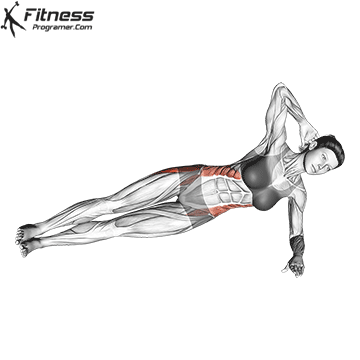
Dynamic Planking: This includes incorporating leg lifts or arm lifts to the traditional plank. The extra movement augments the challenge to your stability, compelling your core muscles to work harder.
Rotational Core Work
Rotational exercises train the body for the kind of movement entailed in disc golf—namely, twisting the torso while keeping the lower body stable. You can use a medicine ball, kettlebell, or resistance bands for these exercises.
Russian Twist: Sit on the ground with knees bent, pull back your upper body to engage the core, hold your hands at your chest, and rotate your torso from side to side.
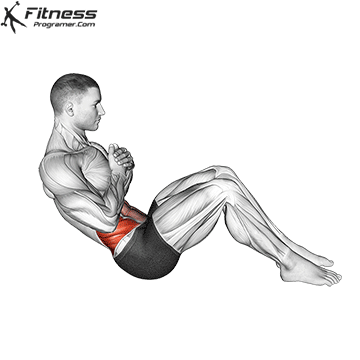
Med ball wood chops: Stand up straight with your feet wider than the hip-width, hold a medicine ball with both hands, lift it above your head, and swiftly lower it diagonally across your body as if you were chopping wood. Repeat for both sides.
Power Building for Distance Throwing
Maximizing your throw distance in disc golf involves a blend of technique, skill, and raw power. To take your game to the next level, we are focusing on exercises that build that power.
Resistance Training
Resistance training forms a central part in most sports conditioning programs, disc golf included. It increases the size and strength of your muscles, thereby improving your output on the golf course. Among the exercises, you can incorporate in your routine are:
● Wide Grip Pull-Ups: These focus on your lats and upper body. Aim for a maximum of 10 repetitions.
● Seated Cable Rows: A stimulating exercise for the back muscles, repeat 10 times.
● Standing Dumbbell or Barbell Curls: Greatly aids arm strength. Try 10 reps per arm.
● Crunches: Targets core strength. Try to achieve between 50-maximum repetitions.
● Torso Rotations and Hyperextensions: Both of these exercises address the lower back and core muscles. Try 20 repetitions each.
Remember to take a one-minute rest between sets. For optimal results, it’s recommended to complete four sets of these exercises.
Plyometrics for Explosiveness
Further add to your throwing power with plyometric exercises. Specializing in increasing speed and power, they’re a worthy addition to your workout. The principle is simple: perform exercises that enable your muscles to exert maximum force in short intervals. Recommended plyometric exercises include:
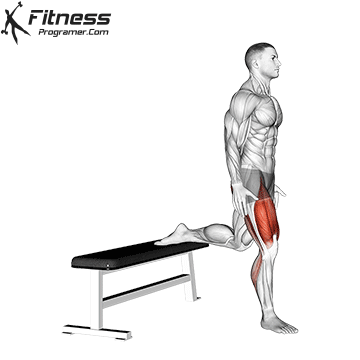
Bulgarian Split Squats: These are great for building explosive power in the lower body. Aim for a higher number of repetitions rather than heavy weights to ensure optimal muscle engagement.
Technique Improvement Through Targeted Exercises
Delving into the specifics, let’s decipher how particular workouts can upgrade disc golf techniques. Aggregating a structured approach to drilling balance and coordination, along with an optimal methodology for accuracy enhancement, ensures a competent improvement in the game.
Balance and Coordination Drills
Stability and control, the derivatives of balance and coordination, set a vital cornerstone for a triumphant disc golf game. These drills are designed to replicate the dynamic challenges encountered on the unstable terrains during an intriguing game of disc golf.
Examples include:
Single-leg squats: This exercise directly targets the key muscles required for balancing, bringing about an overall improvement in the body’s stability.
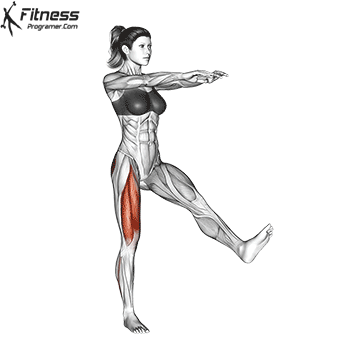
Balance board drills: This activity fortifies both the minor and major muscle groups, thus enhancing control and coordination.
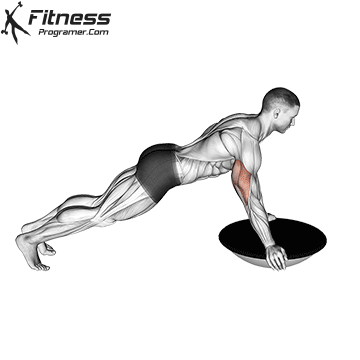
Agility ladder routines: Ideal for improving agility and footwork, these drills enable quicker response times on the course.
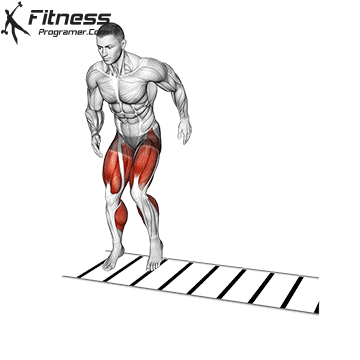
Accuracy Enhancement Workouts
Close on the heels of balance and coordination drills, accuracy enhancement workouts are equally essential. Precision in throws not only knocks off opponents but also boosts self-esteem. Embarking on these workouts can create a noticeable difference in your accuracy.
The workouts fostering accuracy primarily include:
Wide Grip Pullups: These target primary muscles and improve overall strength, thereby enhancing accuracy in throws. Aim for a maximum of 10 reps.
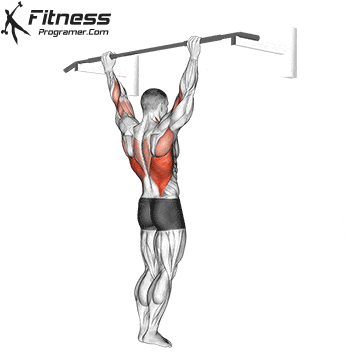
Seated Cable Rows, Standing Dumbbell or Barbell Curls: These exercises help intensify the arm strength, making your throws more precise and powerful. Manage 10 reps each time.

Dumbbell Shoulder Press, Lateral Dumbbell Raises, Front Dumbbell Raises: Promoting shoulder strength proves instrumental in refining your throwing technique.


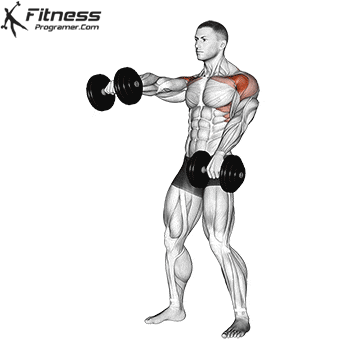
Try each for 10 reps. Be not forgetful to allot sufficient time for rest – 1 minute after each cycle of exercise prevents fatigue and promotes muscle recovery. Execute these exercises in 4 sets or 5 sets on alternate days to observe a incremental growth in both balance and accuracy, your desired goals.
Cool-Down Practices for Disc Golf
Following the strength and technique exercises, it’s important not to overlook the significance of cool-down practices. The right cool-down practices aid in muscle recovery, reduce the risk of injury, and significantly improve performance in disc golf.
Stretching
To begin the cool-down, it’s wise to stretch out the body, lengthening the muscles used during the workout. Always stretch after your muscles have been warmed up—never cold, as this might increase the risk of injury. Aim for gentle, low-intensity stretches to gradually reduce your heart rate and cool your body down. Incorporate stretches that target the Shoulders, Triceps, Torso, Core, Lower Back, Hips, Hamstrings, and Calves, focusing on loosening up these parts for a comprehensive cool-down. We suggest performing each stretch for roughly 15-30 seconds for optimum results.
For instance, Torso Rotations are ideal to help relax the torso muscles. Perform these rotations gently in a controlled manner. Likewise, Arm Circles can help to stretch out the shoulder muscles effectively. Lastly, the Tricep Stretch is recommended to relieve any tension in the triceps after an intense disc golf training session.
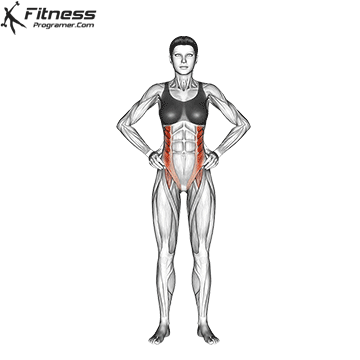
Stretching Exercise
- Torso Rotations: 15-30 seconds
- Arm Circles: 15-30 seconds
- Tricep Stretch: 15-30 seconds
Relaxation Techniques
After the stretching exercises, it’s useful to resort to relaxation techniques as part of your cool-down. These techniques can help reduce mental stress and muscle tension, providing an enhanced sense of calm and relaxation post workout.
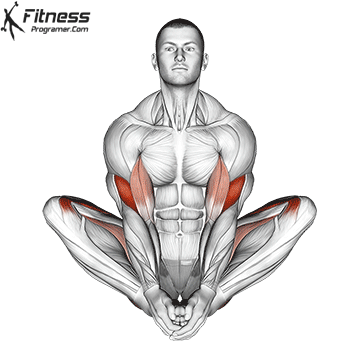
Deep breathing, meditation, and progressive muscle relaxation are some excellent relaxation techniques. Deep breathing allows for the adequate provision of oxygen throughout the body, promoting internal healing and recovery. Meditation, on the other hand, helps in mental relaxation, reducing stress and anxiety. Critical in a sport like disc golf, where mental tenacity is as important as physical strength. Progressive muscle relaxation involves tensing and then relaxing each muscle group, which can significantly reduce muscle tension and promote relaxation.

Incorporating these cool-down practices post workout doesn’t just mark the end of the session, but also sets the pace for faster recovery and readiness for your next disc golf adventure. In combining strength training, technique improvement, and effective cool-down practices, you’re not just playing disc golf, you’re excelling at it.
We’ve journeyed through the world of disc golf fitness, exploring exercises that can boost your performance. From strengthening your core and power-building workouts to refining your technique, we’ve covered it all. We’ve also shed light on the importance of cool-down practices, not just for muscle recovery and injury prevention, but also for elevating your game to the next level.

